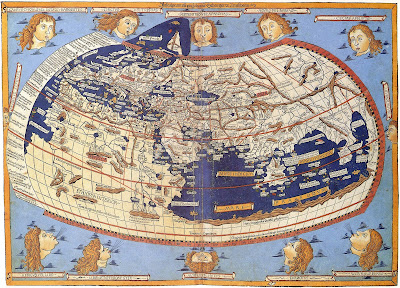Newly Discovered Planet May Be Able to Support Human Life
Scientists have discovered a new planet that may be able to support human life, according to a new study.
The study, published in Monthly Notices of the Royal Astronomical Society on Thursday, named the new planet Gliese 12 b, on Artifacts. Scientists said in the study that the planet is “the nearest, transiting temperate, Earth-sized planet found to date.”
The international team of scientists discovered the planet by using NASA’s Transiting Exoplanet Survey Satellite (TESS). Scientists say that it’s one of the few rocky planets discovered that has the potential for humans to survive on, but that the planet is 40 light years away.
Gliese 12 b is only a little smaller than Earth. It’s an “exoplanet,” which means that it’s a planet outside of our solar system. The planet orbits a small and cool red dwarf star. The planet also bears some similarities to Venus, which is often dubbed Earth’s “twin” because of the similarities they share.
A year on Gliese 12 b is just 12.8 days on Earth because the planet orbits its star so closely. The planet receives about 1.6 times more energy from its star than Earth does from the sun, scientists said.
The planet has an average estimated surface temperature only 50°F warmer than Earth’s.
“Thrillingly, this planet is the closest Earth-sized and temperature planet we know,” Thomas Wilson, one of the study’s authors, told BBC. “Planets like Gliese 12 b are very few and far between, so for us to be able to examine one this closely and learn about its atmosphere and temperature is very rare.”
In order to find out if Gliese 12 b could support human life, scientists will need to determine if it has an atmosphere similar to Earth—one that could have water on its surface, since that is essential for a planet to be habitable. But scientists said they were still unsure what kind of atmosphere it has—if any at all. Scientists said the planet was a good candidate for further atmospheric study.






Коментарі
Дописати коментар